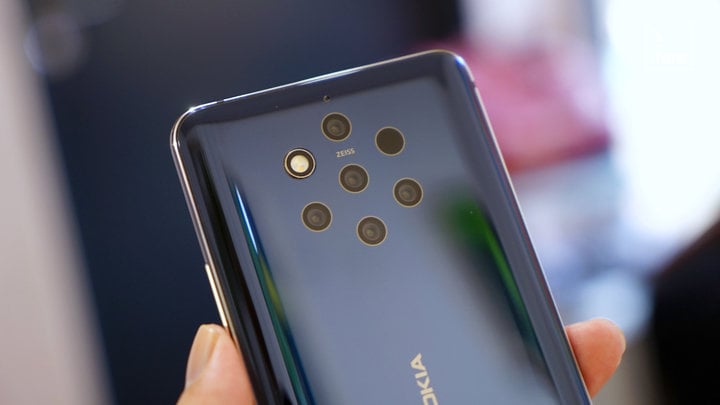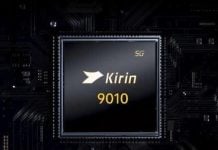In the past couple of years, smartphone manufacturers have worked extremely hard on their flagship cameras. As a result, smartphones have become so powerful that you can shoot professional photos and videos, even without edits. There are a lot of cases where professional cameras are becoming increasingly unnecessary.
So, let’s take a look at the best smartphone cameras available in Q1 2019, for both photo quality and innovation.
1Huawei P30 and P30 Pro
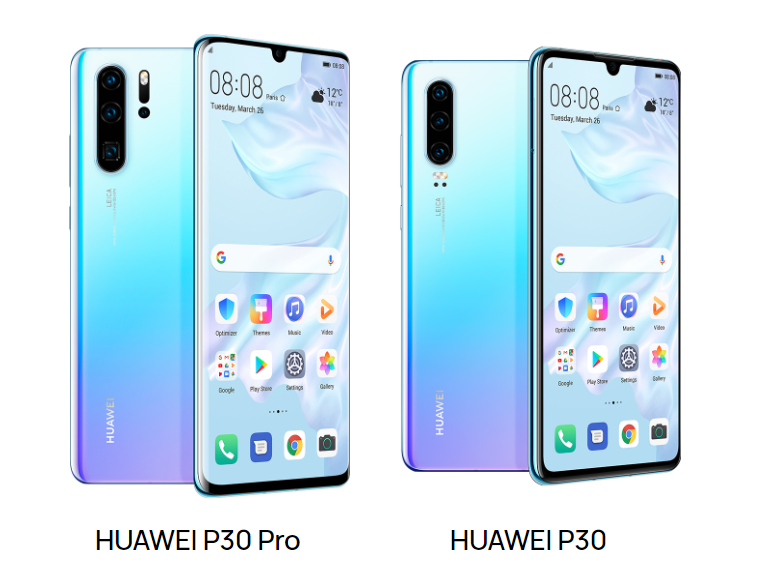
In our opinion, at least when it comes to rear cameras, Huawei P30 Pro simply has no competition in Q1 2019. Huawei reimagined mobile photography on the Huawei P30 Pro by adding a quadruple camera with a main 40MP sensor. The primary sensor replaces the green color in RGB with yellow, in order to achieve better performance in low light conditions. And the results were amazing: with low light, the handset performs even better than Google Pixel 3 and its advanced Night Sight mode, capturing a huge amount of light. Its secondary sensor is a 20 MP ultrawide lens, while the third sensor is a periscope lens with 5x optical zoom and up to 50x digital zoom. Last but not least, there is a TOF 3D camera which captures depth info in a very accurate way.
The vanilla Huawei P30 seems to have a similar camera setup but it is not exactly so. While it still comes with a 40 MP RYYB sensor, it lacks the TOF camera, it has different focal apertures and its optical zoom goes up to 3x. But it is still among the most impressive camera phones out there, especially at its cheaper price tag.
2Samsung Galaxy S10+
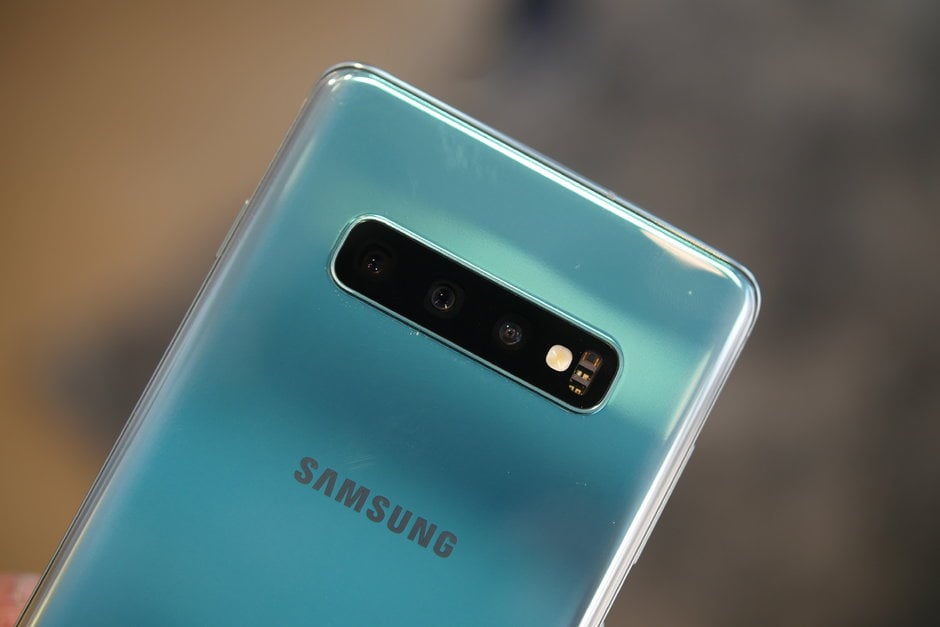
If we were asked to choose the very best camera phone of Q1 2019 excluding the Huawei P30, we would definitely go for the Samsung Galaxy S10+. In order to capture a higher quantity of light for stunning photos in the dark, the main sensor of its triple camera setup has a variable aperture borrowed from its predecessor, the Galaxy S9 Plus. Further, it comes with a telephoto lens providing a 2x optical zoom and an ultrawide 16 MP sensor. Besides having one of the best rear camera departments, it is definitely the camera phone with the best selfie camera. It sports a dual front camera with a 10 MP main sensor which can record 4K videos (at 30 fps, while the rear camera goes up to 4K at 60 fps) and a secondary depth sensor with an 8 MP resolution.
3Huawei Mate 20 Pro
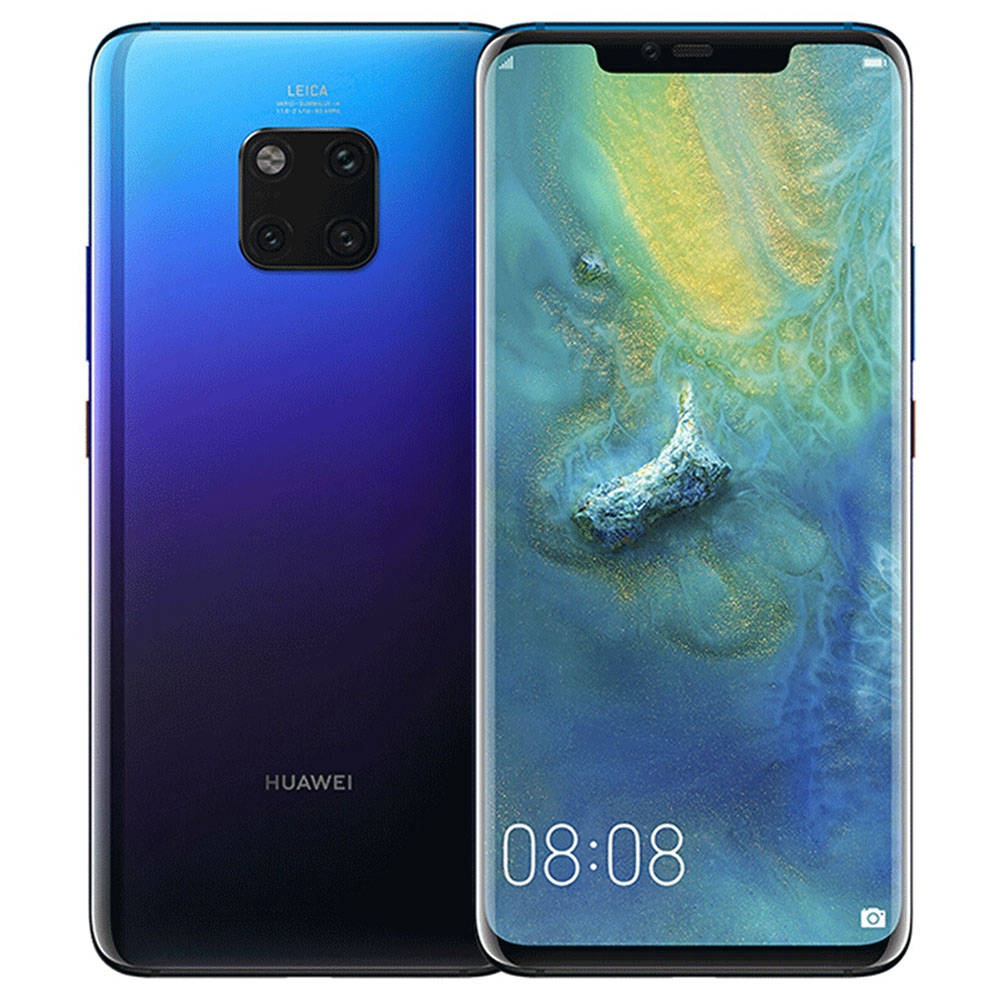
In a few months, Huawei Mate 20 Pro will probably become one of the best camera phones in terms of quality-price ratio, as well as an affordable alternative to the Huawei P30 Pro. Unlike its newer sibling with four cameras, the Mate 20 Pro features a triple camera setup. Despite its age, even today, most of the smartphone cameras won’t be able to beat its amazing performance. Its rear camera setup is similar to the one you will find on the Huawei P30 with the only difference being the secondary ultrawide lens which has a lower resolution on the P30 (20 MP vs 16 MP). On the other hand, Huawei P30 comes with a better front camera boasting a higher 32 MP resolution. If you are asking yourself whether you should go for the Huawei Mate 20 Pro or the Huawei P30, read our in-depth specs comparison.
4Nokia 9 PureView
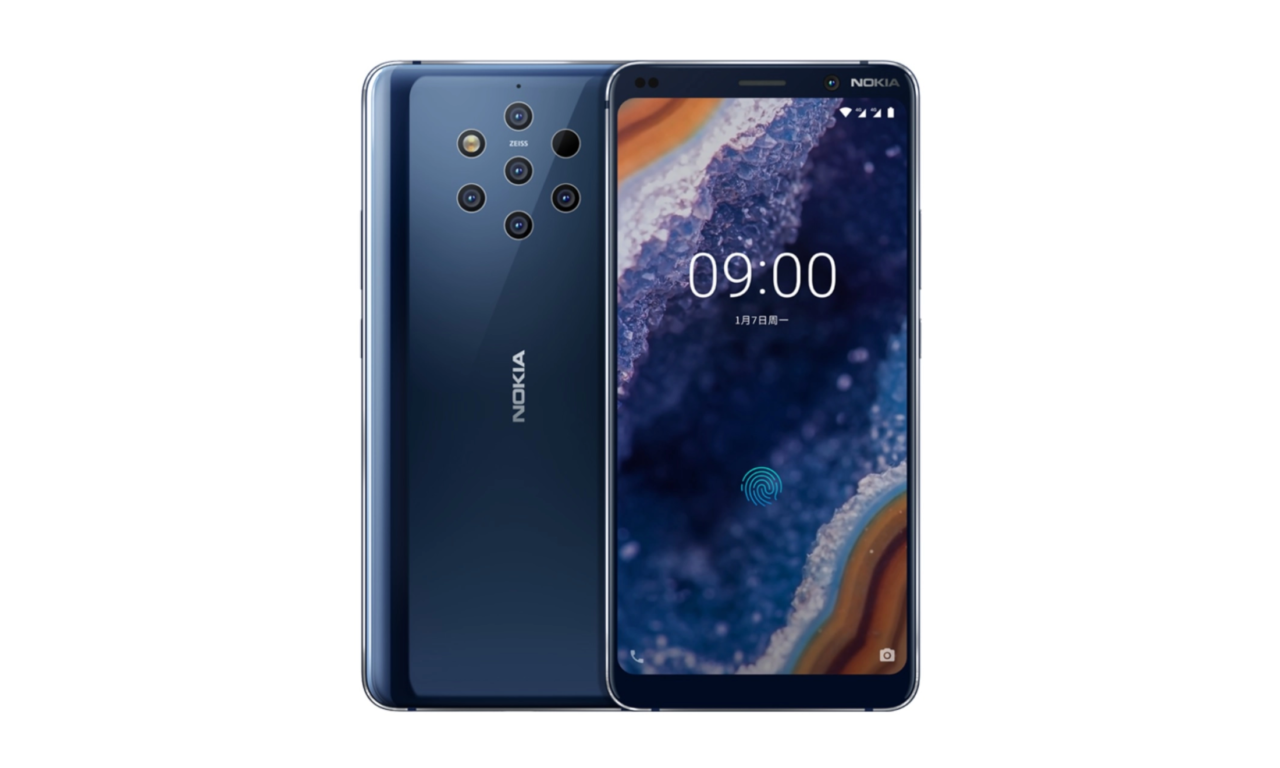
At the launch of the Nokia 9 PureView in my country, HMD Global’s general manager for Italy was quite clear: Nokia 9 PureView is a phone for photography enthusiasts. It is the world’s first smartphone to come with a Penta-camera setup and it is able to churn out 60MP of imaging data and combine them using CPU, GPU, ISP, and DSP found on its Snapdragon 845 chipset in order to provide amazing photos. The Penta-camera setup consists of 2x RGB sensors and 3x monochromatic ones, including a TOF camera. According to HMD Global, the smartphone is able to capture 10x times more light than a single sensor of the same kind. And there is even an imaging co-processor defining the exposure and the white balance of every sensor.
5Xiaomi Mi 9
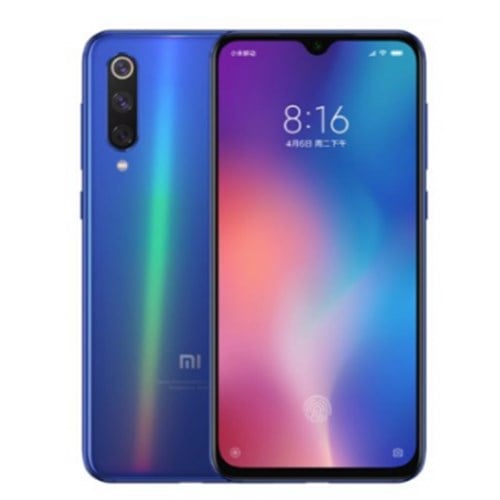
Cameras were essentially the weakest point of Xiaomi devices until a few years ago. But now, things have totally changed. The Chinese company has put a lot of efforts on its flagships’ cameras since the Mi Mix 2S, and this year, it has released one of the best camera phones: the Xiaomi Mi 9. Despite its affordable pricing, the phone offers one of the best camera experiences out there. The only disadvantage is the fact that it lacks optical stabilization, especially in low light conditions. Apart from that, the camera comes with a 48MP Sony main sensor, a 16 MP ultrawide lens and a 12 MP telephoto lens with 2x optical zoom. On the front, you get a 20 MP selfie camera enclosed in a waterdrop notch.
6Google Pixel 3
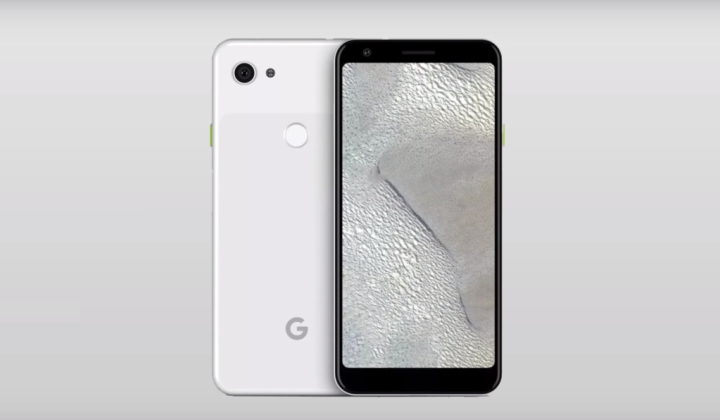
Google Pixel 3 is the only phone in this list to feature a single camera sensor at the back. Big G has often proved that you do not need a high number of rear cameras in order to take great shots. For the Mountain View giant, software and algorithm are two of the most important components in photography, even more than the sensors. Indeed, the 12.2 MP sensor is able to capture very bright photos, and a huge amount of light, all thanks to the Night Sight feature with accurate depth info, and an amazing level of detail. While the rear camera is composed of a single sensor, on the front side you get a dual selfie camera which is among the best selfie departments you can get in Q1 2019. It consists of 2 sensors with 8 MP resolutions (wide and ultrawide) and an f/1.8 focal aperture.
7Apple iPhone Xs Max
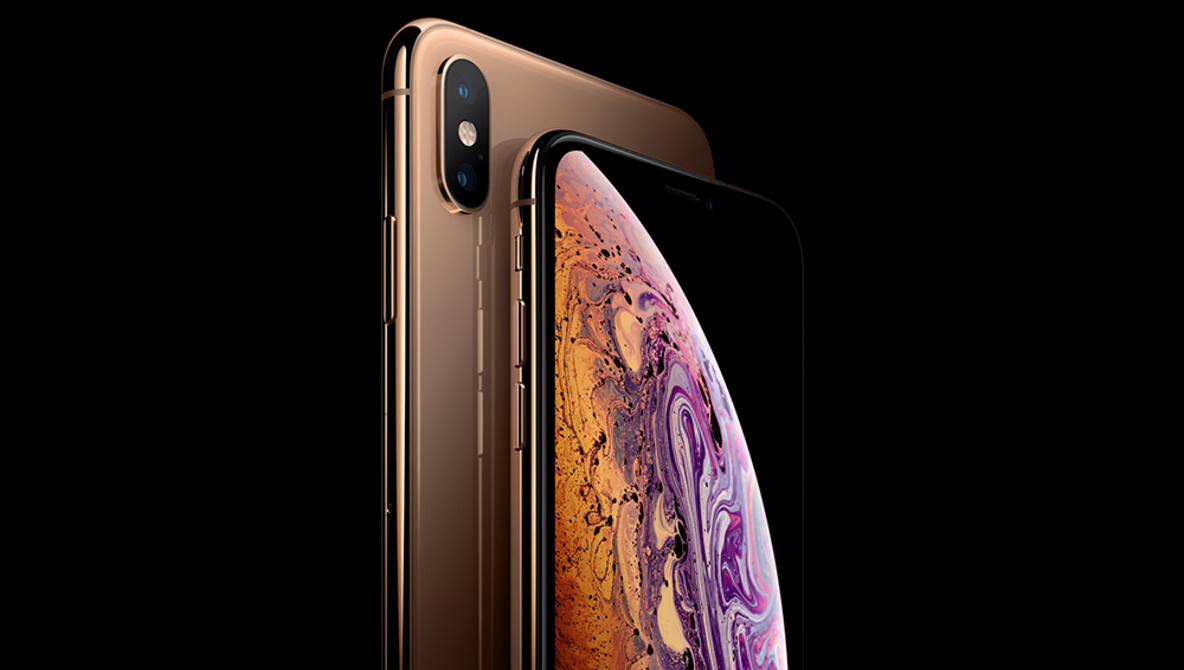
Despite its disappointing sales this year, iPhone Xs Max remains one of the better camera phones in the market. Apple did not bet on a high number of cameras as the iPhone Xs Max comes with a simple dual camera setup composed of a 12 MP main sensor and a 12 MP telephoto sensor with 2x optical zoom. While the low light photos could be better, the phone manages to take stunning samples in most cases, supported by its solid optical stabilization. The rear cameras can record videos up to 4K resolution at 24, 30 or even 60 fps. Unfortunately, this device is all but affordable, but you also get an outstanding build quality and blazing speeds thanks to the iOS optimization, as well as a stunning AMOLED display with 120Hz refresh rate.
Overall, it’s good to see that this list is not dominated by one or two manufacturers. More and more smartphone companies have been able to successfully develop and optimize powerful mobile cameras in recent times. This means that a potential smartphone user has a lot more option to choose from when they are looking for a high-quality camera experience.

